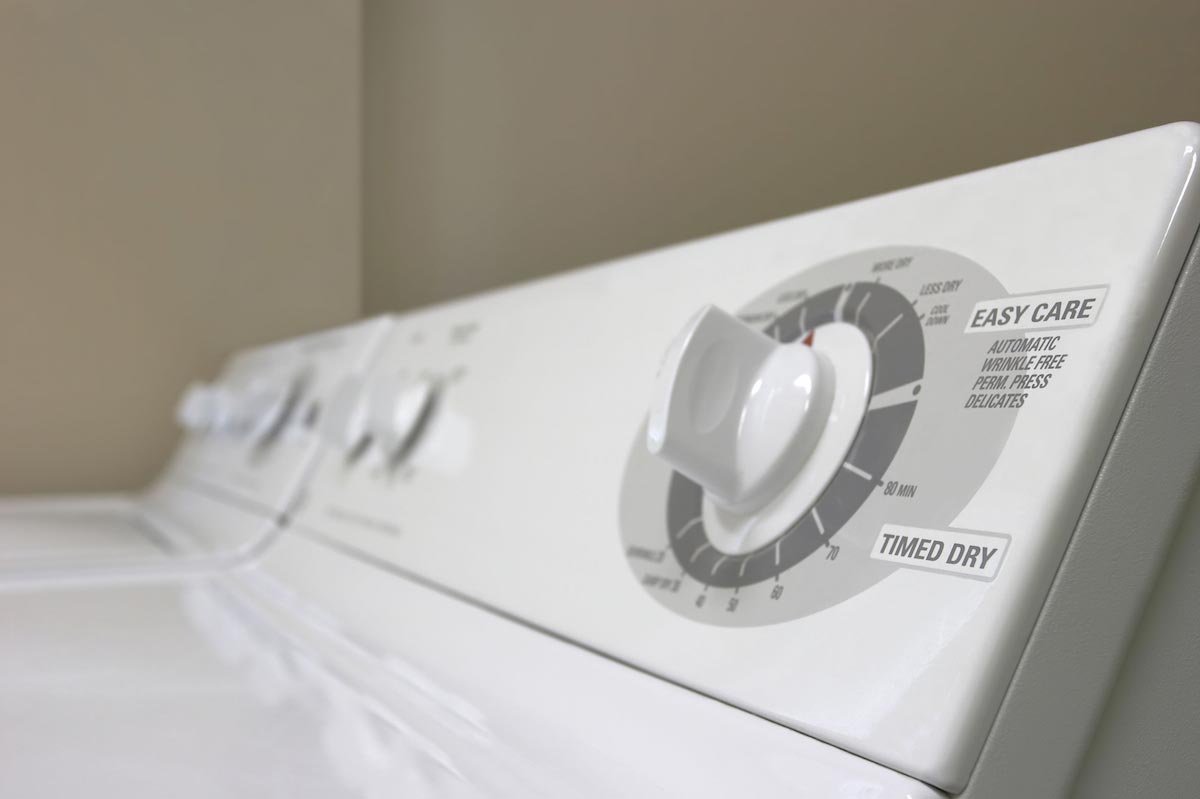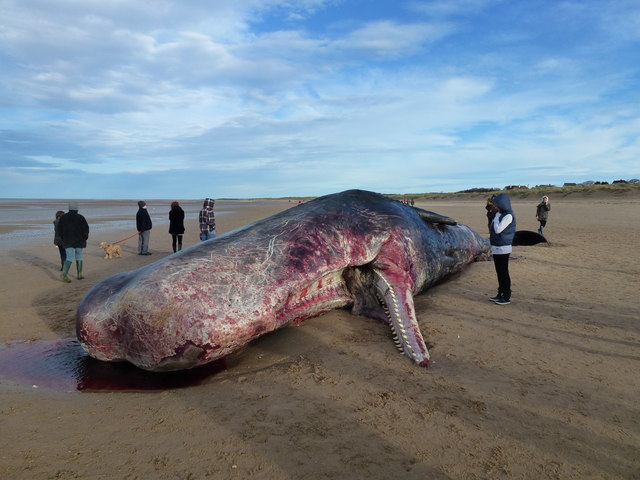
Researchers Bernd Nowack, Edgar Hernandez, and Denise Mitrano were curious to empirically validate previous assumptions that microplastics present in fabrics were washed away during washing machine cycles. The team decided to analyze the ways in which different washing agents, water temperatures, and the number and length of wash cycles impacted the release of these nanoparticles.
Key conclusions of their study include:
- The quantity of microplastics released by five different washing programs appeared to be consistent.
- Washing agents and detergents contributed to a greater release of microplastics, compared to just washing the fabrics on their own.
- Water temperature did not appear to affect the release of microplastics.
- Wash cycles of any length contributed to the release of microplastics.
The last point came as a surprise to the researchers. “That was really quite astonishing,” Nowack said on ScienceDaily.com. He, along with Hernandez and Mitrano, assumed that longer wash cycles would lead to an increased number of released microplastics. Instead, the length of the wash cycles appeared to have no effect on the amount. “Unfortunately, this means that we are not yet able to explain how the released fibers are generated,” admitted Nowack.
A follow-up study has already been planned. This time, the team will analyze other types of materials to deduce if any relationship exists between fabric textures and the generation of microfibers in the washing machine.
Building on other studies
This new study may have been the first investigative analysis on wash cycles and microplastic release in fabrics but it is not the only one to see if washing machines contributed to water pollution. As reported by The Guardian, scientists have been studying the effects clothes washes may have on plastic fibers. One study concluded that a single clothes wash could release as many as 700,000 microplastic fibers into the ocean. In this study, researchers found that synthetic fabrics shed more microplastics.
“Different types of fabrics can have very different levels of emissions,” wrote co-author Richard Thompson. “We need to understand why is it that some types of [fabric] are releasing substantially more fibers [than others].”
Another study, which investigated the effects the apparel industry had on microfiber pollution, concluded that an average of 1.7 grams of microfibers were released from washing machines. Up to 40 percent of the resulting wastewater was noted to enter various bodies of water. One reason why this could be so, according to the authors, was that wastewater treatment plants receive massive amounts of waste every day and cannot remove all microfibers from the water.
Microplastics on marine health
It has already been established that microplastic pollution is becoming a major threat to the marine environment. A 2015 study called, “Microplastics in the Marine Environment: Distribution, Interactions and Effects” concluded that microplastics are often ingested by a wide range of marine vertebrates and invertebrates. This resulted in various adverse physiological and biological effects. Scientists noted that acute exposure to microplastics could lead to weight loss, reduced feeding activity, and even death. Microplastics could also change cellular activity in marine life, making them more susceptible to disease.
In all this research, it was recommended that further studies be conducted. As written in the last study, microplastic research “is still in its infancy [and there are still] many more unanswered questions, the answers to which are required to build on current knowledge to develop a clearer picture of the impact of microplastics in the sea.”
Sources include:
Please contact us for more information.























